Examples of Student Work
- Homecoming Buttons
- Giants in the Earth book
- Scale and texture
- Overprinted text poster
- Textural text
- Visually dense digital collage
- Prototyping techniques
- User Experience redesign
Downloadable Materials
- Sample Syllabus
- Teaching Philosophy
- Hybrid teaching demo video hosted on Vimeo
Prototyping and User Testing
Sketching and prototyping are crucial activities that occur at various levels of fidelity. In this series of exercises students use a variety of common UX / Ix prototyping tools to shape and deploy their ideas on the web. In addition to gaining familiarity with these tools, the students learn to choose appropriate tools for their situation. For instance, anyone who has worked in any area of web design or user experience knows that PowerPoint is almost comically terrible for most design work, however we’ve all used it because it’s easy and already installed on every computer in the office.
Paper Prototyping

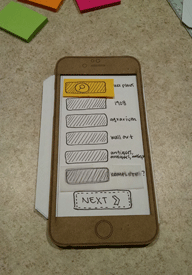
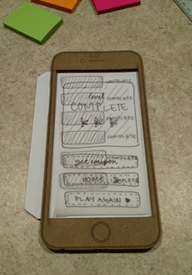
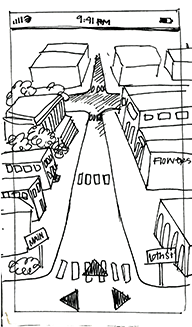
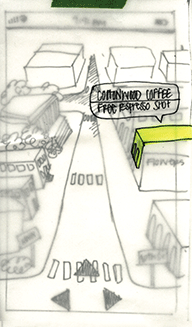

Sketching and prototyping are crucial activities that occur at various levels of fidelity. In this series of exercises students use a variety of common UX / Ix prototyping tools to shape and deploy their ideas on the web.
User Testing Early and Often
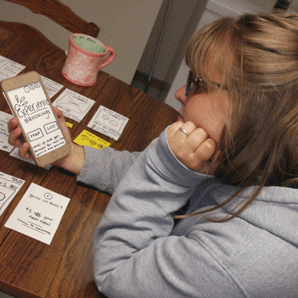
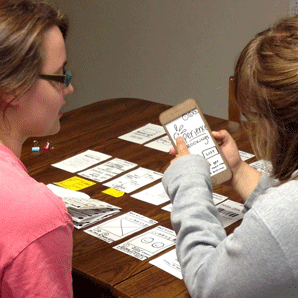
As students move through each of the prototyping exercises, the online presence project and their mobile and responsive projects, the importance of user testing is communicted in every project.
Even though the main focus of this course is not on design research, students can try out their prototypes with friends and family members to get them thinking about user testing.
Prototyping with PowerPoint

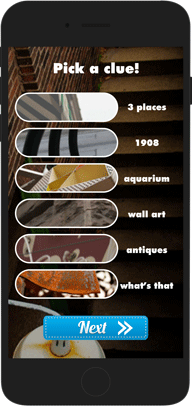

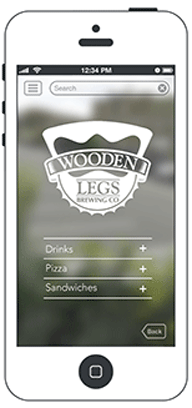


Why would we use PPT?...
In addition to gaining familiarity with these tools, the students learn to choose appropriate tools for their situation. For instance, anyone who has worked in any area of web design or user experience knows that PowerPoint is almost comically terrible for most design work, however we’ve all used it because it’s easy and already installed on every computer in the office.
Prototyping with Visio / Lucid Chart diagramming software




This is a single page, cut in 3 parts.

